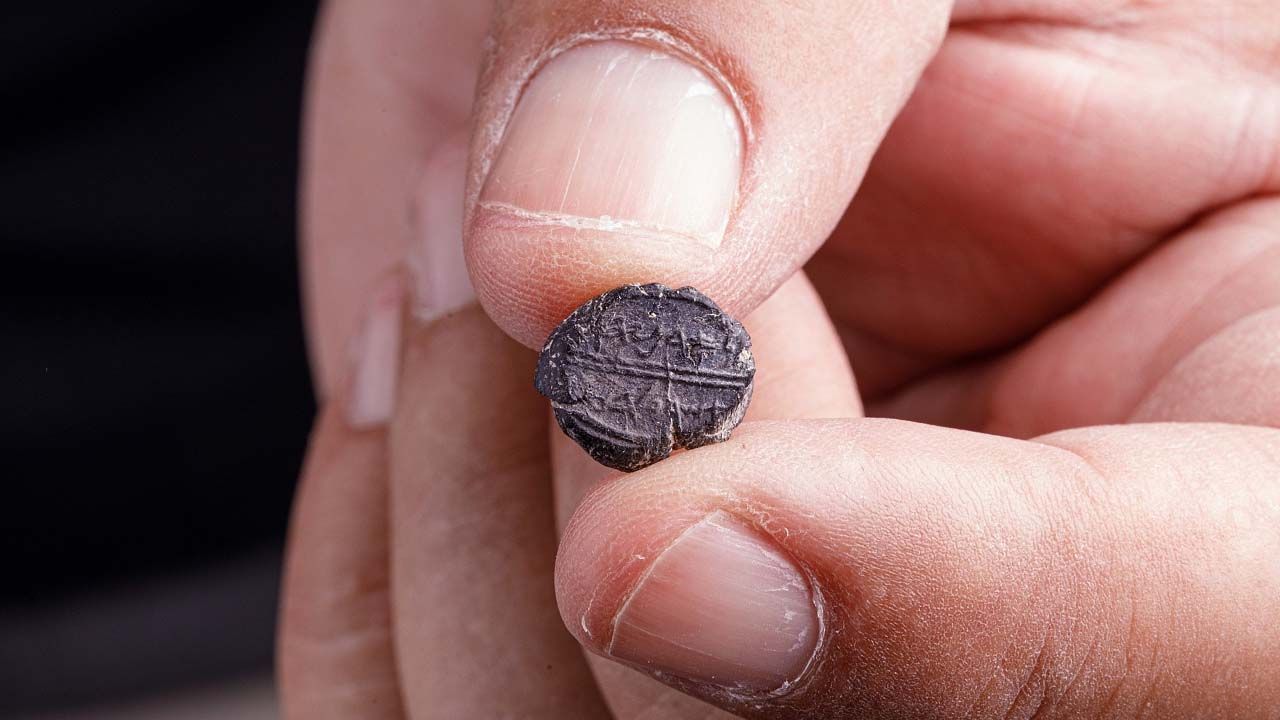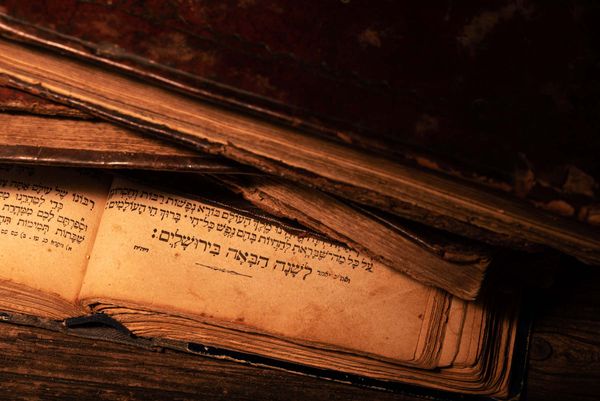In 2013 a volunteer looking through the dirt that had been excavated from Robinson’s Arch (near the Western Wall) found a 1-cm seal impression. After closer examination, some archaeologists came to believe that this was a First Temple era seal. The impression, or in Latin bulla, would have sealed a scroll, a jar, or a container of some sort. It marked the identity of the author or the owner. What connects this artifact to the First Temple era is the writing itself. The find is estimated to be 2,700-years old. The bulla ascribes it’s ownership to the royal steward Adoniyahu. Curiously, Adoniyahu appears several times in the Hebrew Bible and most notably as the name of King David’s son. The Royal Steward was the highest-ranking position in the king’s court in Judah. And the bulla dates to the seventh century B.C.E., the period of Judah’s prominence. That is why scientists think it is connected to the days of the First Temple.
In Hebrew, the seal reads:
לעדניהו (top)
אשר על הבית (bottom)
The literal translation is:
Belonging to Adoniyahu, who is over the house
Which would mean:
Belonging to Adoniyahu the Royal Steward.
This amazing find follows a recent discovery of another interesting seal impression. The text of that bulla translates: “Nathan-Melech, Servant of the King.” A Nathan-Melech is mentioned once in the Bible, in connection to King Josiah of Judah (2 Kings 23:11). There can be no certainty that this seal refers to that very Nathan-Melech from the Bible, though the timing and circumstances seem right.
How can we make such a connection? The Nathan-Melech seal impression was found inside the ruins of a two-story building in Jerusalem which was destroyed by the Babylonians in 586 B.C.E. A team from the Israel Antiquities Authority and Tel Aviv University led the excavation of this building as part of the Givati parking lot excavations, just south of the Temple Mount. The bullae of Adoniyahu, the primary official serving a biblical king, and Nathan-Melech, a figure who might be referenced in the Bible, are meaningful historical discoveries. These tiny pieces of clay from the First Temple period provide tangible archaeological evidence validating the history relayed in the Bible.
Sources: Biblical Archaeology, Times of Israel.











Member discussion